The White Terror (白色恐怖) was an extended period of political suppression in Taiwan that lasted from just after World War II until to the early 1990s. Beginning with the 228 Incident, which is observed on the 28th of this month (read on here for a full explainer), it was a time characterized by mass surveillance, incarceration, and the suspension of basic human rights. It also saw the second-longest continued imposition of martial law in recorded history, lasting 38 years from 1949 to 1987. Syria, in case you’re wondering, is the only country to have surpassed it. Sources vary widely on how many were killed during the crack down, with estimates placed at between 2,000 and 25,000.
Often referred to as one of the most significant periods of the Taiwanese history, the White Terror’s influence continues to be visible in pop culture, local place names, and political rhetoric. Widespread efforts have been made since the 1990s to preserve the memory of this dark chapter and its victims. Not least the conservation and study of the prisons, execution grounds, and grave sites that defined this terrible time. What follows is a list of historically significant White Terror sites when you can learn more about this tragic national history.
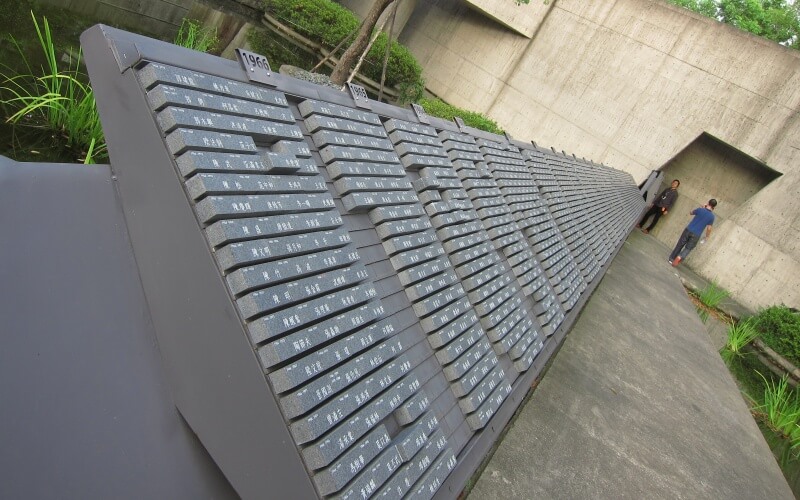
Tianma Tea House 天馬茶房
Located in Taipei’s Dadaocheng neighborhood, this former tea house is where most stories of the 228 Incident begin. Opened in the 1930s by a famous lyricist, this once popular local hangout became the locus of tragedy after a 40-year-old widow was pistol whipped by a government agent after she was accused of selling contraband cigarettes. When onlookers intervened the agent’s partner shot into the crowd, killing one bystander and sparking days of civil unrest. Today, an annual march on February 28 passes the former café, which is marked with a commemorative plaque.
Jingmei White Terror Memorial Park 白色恐怖景美紀念園區
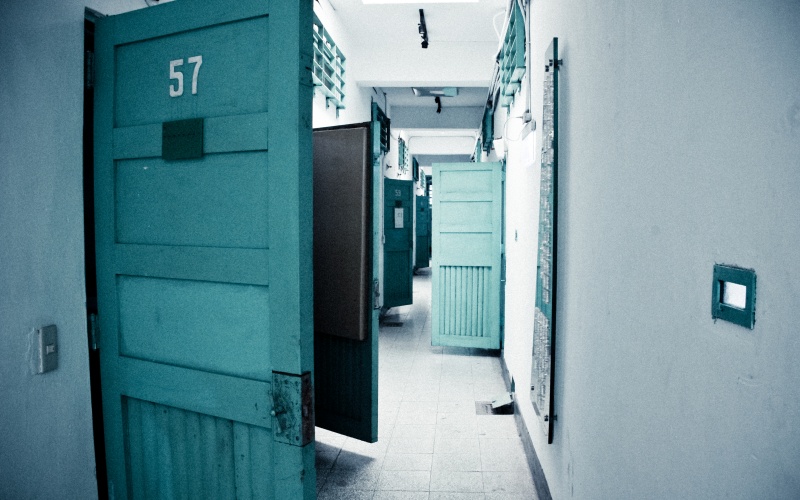
Somewhat similar to Cambodia’s Toul Sleng, this grim compound near Xiulang Bridge functioned as a military school between 1957 and 1967 but was later converted into a detention center. Functioning as a military court and prison, it was where prisoners would be jailed, convicted, and left to serve out their terms. Notable former inmates include Chen Chu, the current president of the Control Yuan, Taiwan’s upper house of government. The center only closed in 1992 and today is a museum and facility for the study of human rights during the White Terror. Guided tours are held daily at 10.30am and 2.30pm.
Green Island White Terror Memorial Park 白色恐怖綠島紀念園區
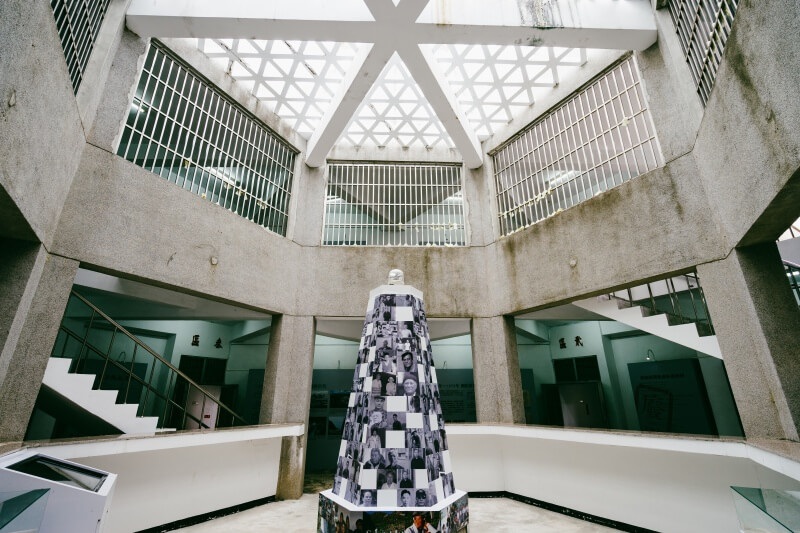
Located 33 kilometers off Taiwan’s southeast coast, the first detention center on Green Island was opened during the Japanese period, as a “shelter” for homeless people rounded up on the mainland. Following the Nationalist takeover, the island hosted two ominous penal colonies: The New Life Correction Center (1951–1965) and the Probation Training Prison, or “Oasis Villa,” after 1972. Early inmates were forced to build their own lodgings using coral limestone and timber as well as a prison wall known as the Great Wall of Green Island. Parts of it still stand today.
Fongshan Guest House 鳳山海軍來賓招待所
Originally a radio station for the Imperial Japanese Navy, this somber redbrick compound was repurposed by the Nationalist government as a secret detention center from 1949 to 1962. Disguised from the outside as a boarding house, the building contained 200 four–person cells and held up to 1,500 people, making it Taiwan’s largest military detention center. Living conditions were reportedly atrocious, with survivors recalling life at Fongshan as “a living purgatory.” Today its open to the public Tuesday to Sunday, providing a window into life behind bars during the White Terror.
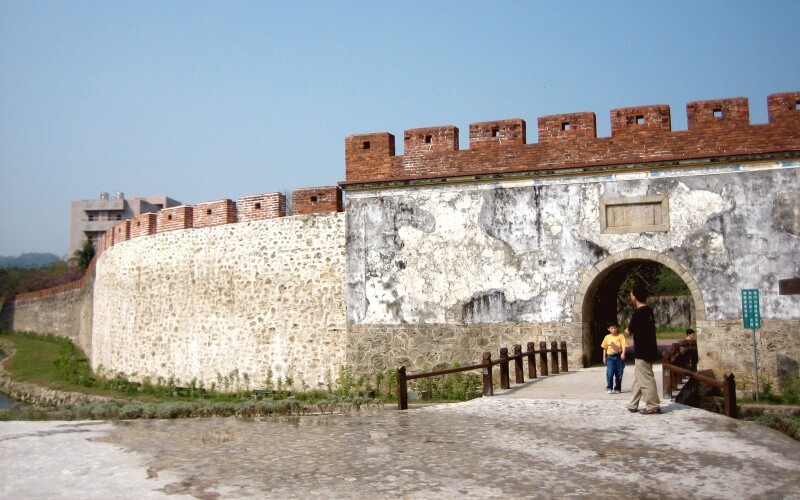
Luku White Terror Memorial Park 鹿窟事件紀念公園
The 1950s saw the highest rates of incarcerations and executions of the White Terror, not least because of the Luku Incident, which unfurled in this quiet village in New Taipei’s Xizhi district. Suspicious that communist agents were operating out of the surrounding mountains, the military arrested 400 villagers, half of whom were tortured to extract forced confessions, according to the Taipei Times, and a further 35 people were executed. Luku Temple served as a temporary detention center during this paranoid four month campaign. Only one of the original buildings still remains, but the area is marked by a memorial arch and is a popular spot for hiking and biking, featuring some beautiful views back toward Taipei 101.
Liuzhangli Cemetery 六張犁亂葬崗
Rising up a hillside in the Taipei neighborhood of the same name, Liuzhangli Cemetery is one of the largest known White Terror burial sites. The remains of the victims, which number in the hundreds, were only discovered in 1993. Many of those interred here were arrested on suspicion of espionage, and of those that have been identified, 58% were immigrants from China who fled to Taiwan at the end of the civil war. Reachable along Chongde Street from Liuzhangli Station, the cemetery has beautiful views over Xinyi district and can be used as a starting point for nature walks like Tiaomi Historic Trail.
Cihu Mausoleum 慈湖陵寝
One of the most politically contentious places to make this list, Cihu Mausoleum is the final resting place of President Chiang Kai-Shek, the ousted leader of China who withdrew to Taiwan following the civil war together with two million troops. Chiang remained president of Taiwan until his death in 1975 and had the final word over 3,195 military court cases during the White Terror, the Taipei Times have reported.
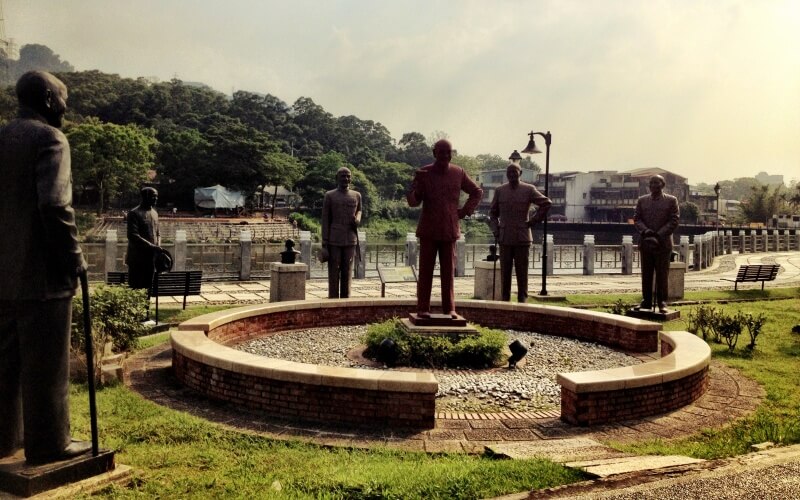
Located in Taoyuan’s Daxi district, Cihu was originally one of the former president’s favorite residences, and was built in the style of his hometown of Fenghua, in eastern China. His sarcophagus remains on display in the main hall of the building. Arguably more memorable, however, is nearby Chiang Kai-shek Statue Park, the new home of the hundreds of Chiang statues that have been removed across Taiwan since the 1990s.
Cover photo by Wei-Te Wong (Flickr).
Read more about Taiwanese history:


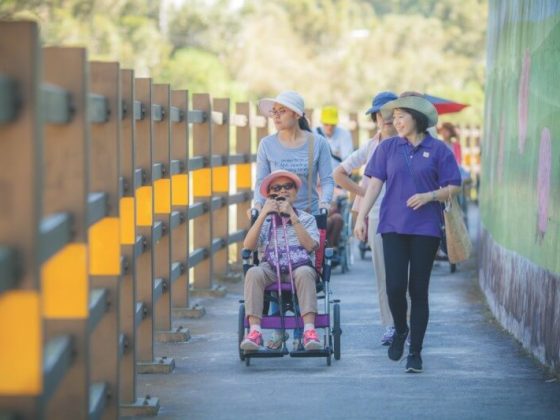
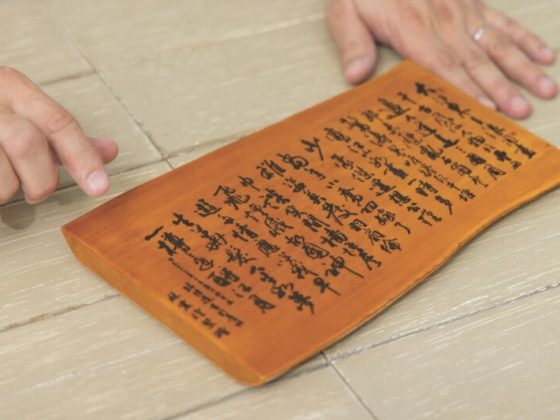









Comments are closed.